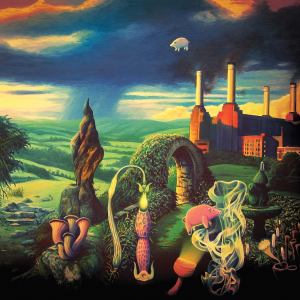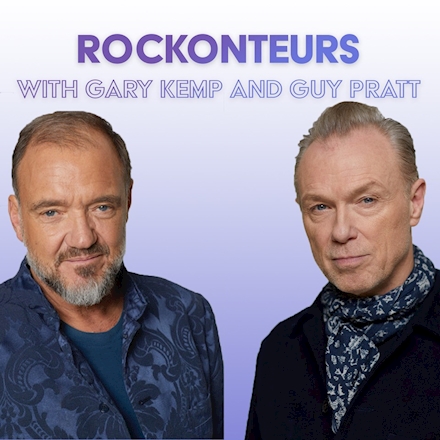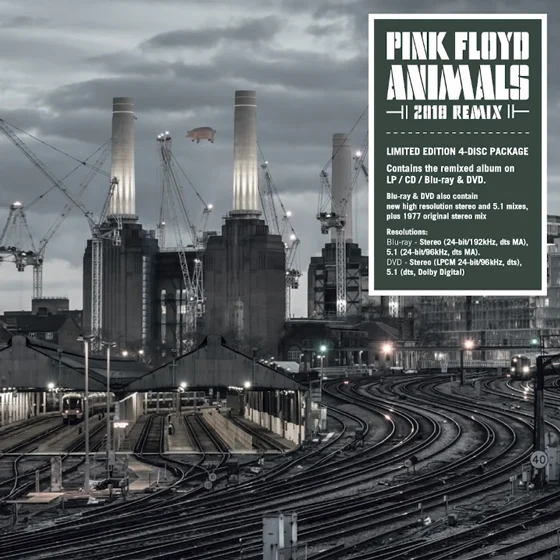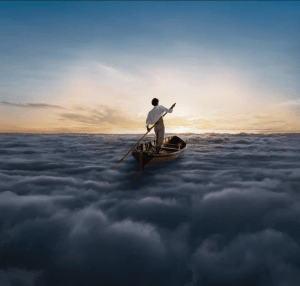Track List:

1. Pigs On The Wing 1 – Nick van Eede (Cutting Crew) & Martin Barre (Jethro Tull)
2. Dogs – Graham Bonnet (Rainbow), Vinnie Moore (UFO), Kasim Sulton (Utopia), Jordan Rudess (Dream Theater) & Pat Mastelotto (King Crimson)
3. Pigs (Three Different Ones) – James LaBrie (Dream Theater), Al Di Meola, Joe Bouchard (Blue Öyster Cult), Patrick Moraz (The Moody Blues) & Billy Cobham (Mahavishnu Orchestra)
4. Sheep – Arthur Brown, Rick Wakeman (Yes), Jan Akkerman (Focus), David J. (Bauhaus) & Carmine Appice (Cactus/Vanilla Fudge)
An All-Star Gathering Of Rock Legends Including GRAHAM BONNET, ARTHUR BROWN, VINNIE MOORE, DAVID J, JAMES LABRIE, and others Perform PINK FLOYD’s 1977 Epic ANIMALS In Its Entirety!
Album features performances by Al Di Meola, Albert Lee, Rick Wakeman, Martin Barre, Carmine Appice, Jordan Rudess, Billy Cobham, Jan Akkerman, and more!
Los Angeles, CA – Following the wildly successful Still Wish You Were Here project released earlier this year, another gathering of classic, prog and art rock superstars have come together to recreate and reimagine Pink Floyd’s ambitious 1977 concept album, Animals! Fusing the white-hot guitar work of Floyd guitarist David Gilmour with the stone-cold cynicism of Roger Water’s lyrics, Animals is widely hailed by die-hard Floyd fans as one of the group’s most highly conceptual and uncompromising albums of their career, and certainly set the template for the commercial breakthrough that would come two years later with 1979’s The Wall.
Now, some of the most veteran players and singers on the planet including jazz-rock guitar legend Al Di Meola, psych-rock godfather Arthur Brown, drum master Billy Cobham, UFO’s Vinnie Moore, Bauhaus’s David J, Dream Theater’s James LaBrie, and so many more come to give their unique spins to this magnum opus. Each track of this groundbreaking work has been completely reimagined with modern production flourishes and tasteful musical additions while staying true to the original album’s heady and subtly complex compositions. Just listen to the new version of “Dogs,” a superb 17-minute suite sung by Rainbow’s Graham Bonnet with Vinnie Moore on guitar, Utopia’s Kasim Sulton on bass, Dream Theater’s Jordan Rudess on keyboards, and King Crimson drummer Pat Mastelotto.
Stream “Dogs”: https://orcd.co/graham_bonnet_vinnie_moore_dogs
Animals Reimagined – A Tribute To Pink Floyd is set for release on November 19 on both CD and digital with a vinyl version coming in 2022. The CD version comes in a deluxe 6-panel digipak with artwork created by the most successful digital artist working today, Mike “Beeple” Winkelmann, with cover art designed by James McCarthy. Look for the NFT charity auction of the front cover image later this year!
Pre-order the CD: https://cleorecs.com/store/shop/animals-reimagined-a-tribute-to-pink-floyd-cd/
Pre-order/pre-save the digital: https://orcd.co/animals_reimagined



 Roger Waters has revealed that Pink Floyd will release a deluxe edition reissue of their 1977 album classic, “Animals.” The limited-edition 4-disc packages will feature the remixed album on LP, CD, Blu-ray and DVD, with the Blu-ray and DVD versions delivering new hi-resolution stereo and 5.1 mixes alongside the original 1977 stereo mix
Roger Waters has revealed that Pink Floyd will release a deluxe edition reissue of their 1977 album classic, “Animals.” The limited-edition 4-disc packages will feature the remixed album on LP, CD, Blu-ray and DVD, with the Blu-ray and DVD versions delivering new hi-resolution stereo and 5.1 mixes alongside the original 1977 stereo mix
